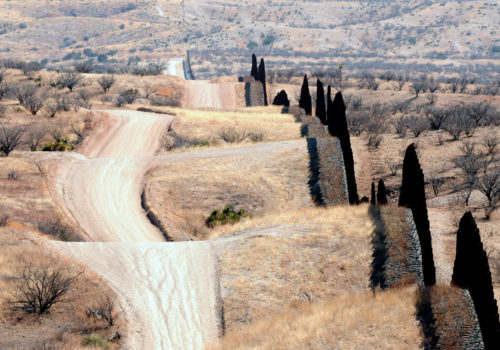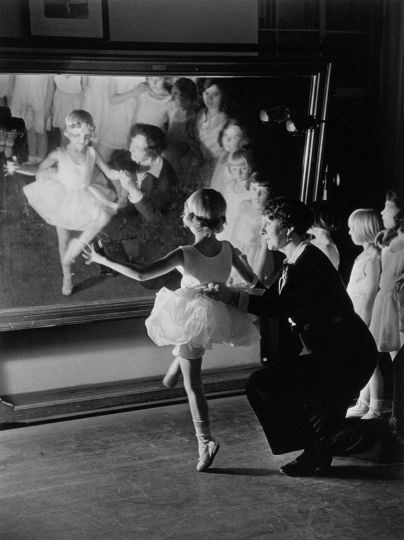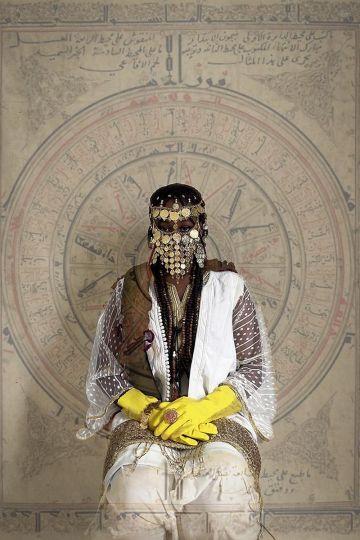Jonathan Alpeyrie is a photojournalist who talks to us not about his pictures, but about his finances: surprising, full of lessons and informations.
Most in the profession have complained about the state of the press in today’s ever-changing world. I am no exception to this rule. The press is in full transformations as, social media, and the new technologies reshape the framework in which journalist, photographers and press writers, have to work in.
Getting published is not the issue. Making money in order to support oneself in the everyday life, and pay for upcoming projects, is the true problem. Though, it is true there are fewer magazines and newspaper that can afford to send journalists abroad to cover major stories, the journalist in question has to find new ways to make money. Photo agencies, for instance, in recent years have been using more and more local shooters as it cost them a lot less then paying for their own staffer and send him to a foreign land.
Furthermore, and perhaps most importantly, the value of photography has collapsed in the past 20 years with the coming in force of the internet, which feel up its content with quantity, not quality. Polaris Images, the agency who represents me around the world does get me publish on a weekly basis around the world, which is nice of course, but when I receive my sales sheet, the amount of money made in regards to the amount of photos sold and the amount of risks I might have taken in some of these trips, is quite disconcerting. For example, China is a big market for me, with perhaps as much as 10% of my overall sales each month. The Chinese have devalued the price of photography as low as they can, buying a photo an average of 30$ a piece: not only is it very low, but the quality and the risk taken for the photo does not get into account at all.
And finally, but perhaps most importantly, the press’s behavior towards itself, and its failure to question its entity, is in my opinion the greatest danger. For a few decades now, the press world had to remedy failing revenue and membership to its newspaper, magazines…It is safe to say, however, that the internet has a lot to do with this, as people rather not pay for content by buying print, but rather find all the news they might be looking for through an infinite array of news websites that offer content for free. An unbeatable situation indeed. The press came up with a simple solution in order to increase its revenue: create and sale content that people want to read, see and watch. The results were quickly felt: the quality of the press has steadily declined, to the point that certain magazines that were once great in quality have turned into a mismatch of news and celebrity ridden content. Life magazine and Paris Match are perfect example to reflect this reality.
My experience as a photojournalist who has been in the business for 10 years now, is no different from this reality exposed in the previous paragraphs. As it is easy to criticize the very nature of what the Western Press has become, I will give concrete examples born out of my own experience, but true to the overall status and state of mind of professionals like me who struggle to make a dollar. In order to reflect on this new reality, I will give four examples of travels I took this year to cover major international events: The drug war in Mexico, the war in Libya, the Dominique Strauss Kahn scandal, and the South Sudan independence. Each will reflect a different result for the work, production , money spend and its financial return.
The drug war in Mexico since 2006 has become a major international story, which is from time to time covered by the international press. In my opinion not enough, as it has become a true civil war with major international implications. In march 2011, I decided to cover that unspoken war on the Mexican/Arizona border in the cross towns of Nogales. For three weeks, I worked with special US police (Metro) anti drug forces who fight the drug cartels. I also crossed over half a dozen time into Mexico to cover the story from the Mexican side. I got dangerously close to one of the cartels by photographing the daily life there and some of the cartels members. I felt more worried and paranoid there then in any other wars I have been into. When the story was complete three weeks later, I cut my stay short I felt I was being followed, the US police confirmed this to me, so I left. The risk level to do such a story was never fully paid back financially. All expenses included for a three week period reached 2500$. Polaris and myself failed to sale this story to its value. I believe I barely made 1000$ , hence losing 1500$ on this trip. The interest was never truly there, though I had excellent access. In a purely financial sense, this trip was a failure.
The war in Libya, became very quickly an important international story, which was covered by everyone looking to make a name for himself. For me this was one more conflict to cover. I was sent there on assignment for Polaris Images, the BBC, and a few French magazines. I covered the conflict in the Ajdabiya front lines for 2 weeks before returning to Tunisia. The risk level was fairly high, with a fair amount of shelling,and casualties… Each day I did my runs to the front lines, and each day I came back to my hotel to file the stories. After two week of that routine, I had spend close to 2000$, between hotel, cars, fixers, food. However the return on these expenses was quite different from my Mexican experience. Between April 2011 and today, I made close to 3300$, . For me this was a good trip, and a success.
The independence of South Sudan, was a story that I had wanted to cover for a long time. I went there for 2 weeks in July 2011. The access to the country is both hard and very expensive. We had to go through Kampala Uganda. Within a three-week period, I had spend 4500$! Though this story was quite covered by the international press, it failed to get the attention I was hoping for. I photographed for a few clients, like Africa International, International crisis group, Polaris, and others. I was never able to recuperate my expenses through the sales, with only about 2800$ in total. The international press lost interest very fast and moved on to something else once the country became officially independent on July 9th 2011.
And finally, but not least, the Dominique Strauss Kahn story. I covered it for Polaris each day for the first two weeks in June. This story quickly became a pain for me as I often had to behave like a paparazzi, something deeply disturbing for me. After my return from Sudan in early August, Polaris put me on the case once more for at least 2 more weeks, until I told them I was done with it. The results exceeded all my expectations. Vanity Fair, VSD, Bild in Germany, and many other publication picked up my work. From the time I started shooting this story in June to now, I have made a combined revenue stream of over 5000 dollars, with almost no expenses. Though it was nice to get all this money to fund more serious and important projects, I was happy when it ended and DSK returned to France where he belongs. This story also proved to me that the press loves these juicy stories, with its sexual/political implications. Of course, the fall of the potential next French president was by itself crucial for the future of France, hence the overkill in media coverage. However, the sexual content made this story ever more sordid. Overall, my final impression of this experience was that, the Western world and its so called untouchable press corps had once more behaved without class further destroying the reputation it has in the eyes of the rest of the planet: a reputation of decadence.
Jonathan Alpeyrie
















